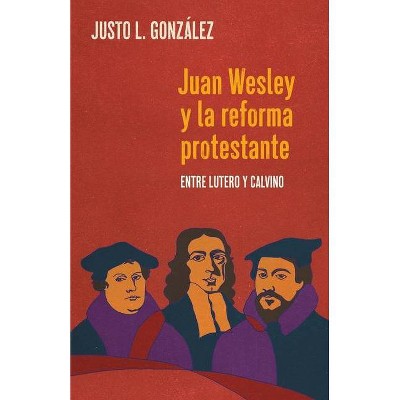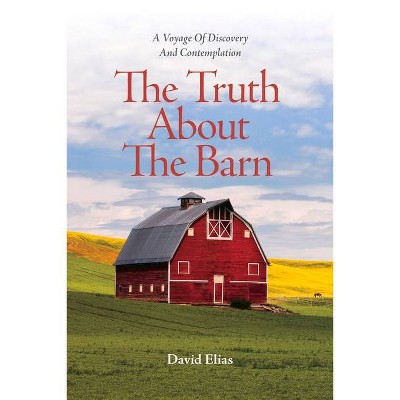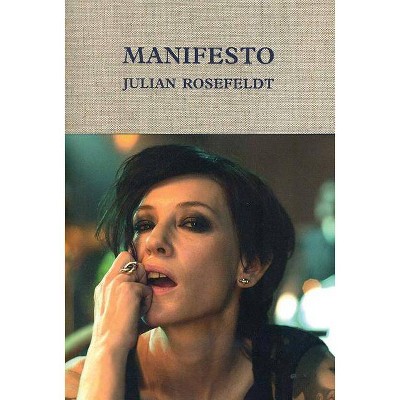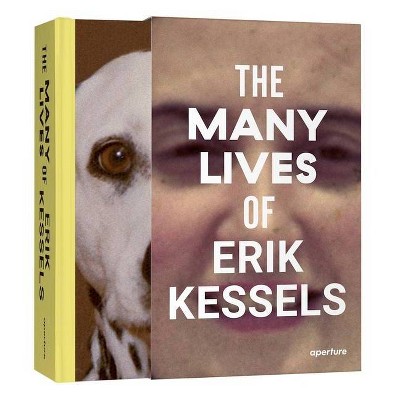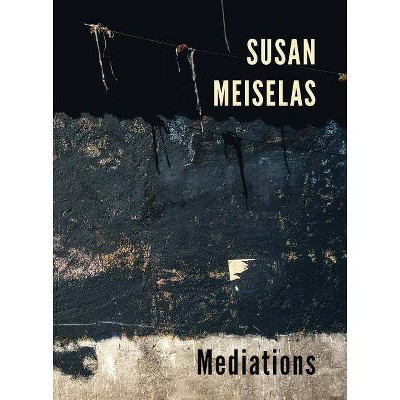East Harlem - by Leo Goldstein & A D Coleman & Juan González (Hardcover)

Similar Products
Products of same category from the store
AllProduct info
<p/><br></br><p><b> Book Synopsis </b></p></br></br>For some 70 years, Leo Goldstein's East Harlembodyof work remained mostly untouched and unseen.The silver gelatin prints were catalogued in 2016, and a selection is gathered here for the first time.The photographs were taken over a number of years, beginning in 1949 when Goldstein was a memberof the Photo League.The East Harlem corpus, edited by Regina Monfort, represents an important and unique addition to thephotographic history of New York City. Because thereare no negatives in existence, it was of particularimportance to preserve the images in book form andmake them available to the public.The selected images reflect the postwar years in theEast Harlem community, which would grow intoa center of Puerto Rican culture and life in the U.S.From the families portrayed gathering on stoops, tothe kids at their shoeshine stations, to youths playingball in the streets, to posters on neighborhood walls, Goldstein's images of East Harlem provide a windowinto the socio-economic, cultural, and politicallandscape of the t<p/><br></br><p><b> Review Quotes </b></p></br></br><br>"[In the 1960s we] spawned our own group of activist photographers, people like Frank Espada, Hiram Maristany, and Mike Abramson, who chronicled in their work militant and bold new images of East Harlem and of Puerto Rican life in America. But. . . we now know that there was Leo Goldstein, a solitary photo artist of the 1950s who trained his lens on this heroic but little-known community of migrants. We who lived through those years in East Harlem can assure you, his lens was truer than any of the news articles, movies, or books of the era, and we are all enriched by the work he left behind." Juan González, from the Preface "Even if that was only in the eye of the beholder, it gives Goldstein's pictures a subtle warmth, a sense of camaraderie that's all the more evident in the many pictures of people hanging out on stoops, as relaxed as if they were in their living rooms. They face the camera candidly, with little or no wariness or resentment, and Goldstein rewards them with portraits that are charming, compassionate, and among the period's best (unintended, unself-conscious) fashion pictures." --Vince Aletti "Photograph"<br><br>"Russian-Jewish immigrant Leo Goldstein (1901-1972) shared the progressive ethos of his 'camera club, ' the New York Photo League, and, beginning in 1949, turned his empathetic heart and gifted eye toward the city's latest 'immigrants, ' Puerto Ricans-U.S. citizens segregated by language, custom, and race. Notably, the images comprise Goldstein's own 'edit, ' posthumously-rescued enlargements originally made for an unknown posterity. Today his photographs confront subsequent popular stereotypes, presenting afresh the newcomers' enduring humanity." --Julia Van Haaften, author of Berenice Abbott: A Life in Photography<br><p/><br></br><p><b> About the Author </b></p></br></br><b>LEO GOLDSTEIN </b>was born in 1901 in Kishinev in the Bessarabian region (now Moldova) of Czarist Russia. Fleeing the pogroms, his family settled in New York City in 1906. He was the fourth child of 13 and went to work at a young age to help support the family. Leo was a talented amateur sculptor and artist, taking up photography when he joined the Photo League in the late 1940s. Goldstein embraced the social documentary tradition of the League and was influenced by legendary members Paul Strand, Lewis Hine, and Berenice Abbott, among others. He died in New York City in 1972. <p/> A small number of Goldstein's images have appeared in exhibits and publications of Photo League work, beginning with the seminal exhibit "This Is the Photo League" (1948-1949) and later in the book, <i>This Was the Photo League</i>, published in 2000. His work was included in "The Photo League, 1936-1951," an exhibition organized by Howard Greenberg at the Photofind Gallery in Woodstock, New York in 1985. One of Goldstein's images was also included in the 2011-12 exhibit at the Jewish<br> Museum entitled "The Radical Camera: New York's Photo League, 1936-1951." Leo Goldstein's work is represented by the Howard Greenberg Gallery. <p/><b>JUAN GONZÁLEZ </b>is an award-winning broadcast journalist and investigative reporter. A two-time winner of the George Polk Award, he is co-host of Democracy Now!, author of <i>Harvest of Empire: A History of Latinos in America</i>, and a founder and past president of the National Association of Hispanic Journalists. He spent 29 years as a columnist for the <i>New York Daily News </i>from 1987 to 2016. He is currently the Richard D. Heffner Professor in Communications and Public Policy at the Rutgers School of Communication and Information. González was born in Ponce, Puerto Rico in 1947 and lived as a child in East Harlem during the period when the photographs in this book were taken. <p/><b>A. D. COLEMAN </b>has published eight books and more than 2,500 essays on photography and related subjects. Formerly a columnist for the <i>Village Voice</i>, the<i> New York Times</i>, and the <i>New York Observer</i>, Coleman has contributed to such periodicals as <i>ARTnews</i>, <i>Art On Paper</i>, and <i>Technology Review</i>. His syndicated essays on mass media, new communication technologies, art, and photography have been featured in such periodicals as <i>Juliet Art Magazine</i> (Italy), <i>European Photography</i> (Germany), and <i>ArtToday </i>(China). His work has been translated into 21 languages and published in 31 countries. Since 1995, Coleman has served as Publisher and Executive Director of The Nearby Café (nearbycafe.com), a multi-subject electronic magazine where his widely read blog on photography, "Photocritic International," appears.
Price History
Cheapest price in the interval: 32.49 on November 8, 2021
Most expensive price in the interval: 32.49 on December 20, 2021
Price Archive shows prices from various stores, lets you see history and find the cheapest. There is no actual sale on the website. For all support, inquiry and suggestion messagescommunication@pricearchive.us

